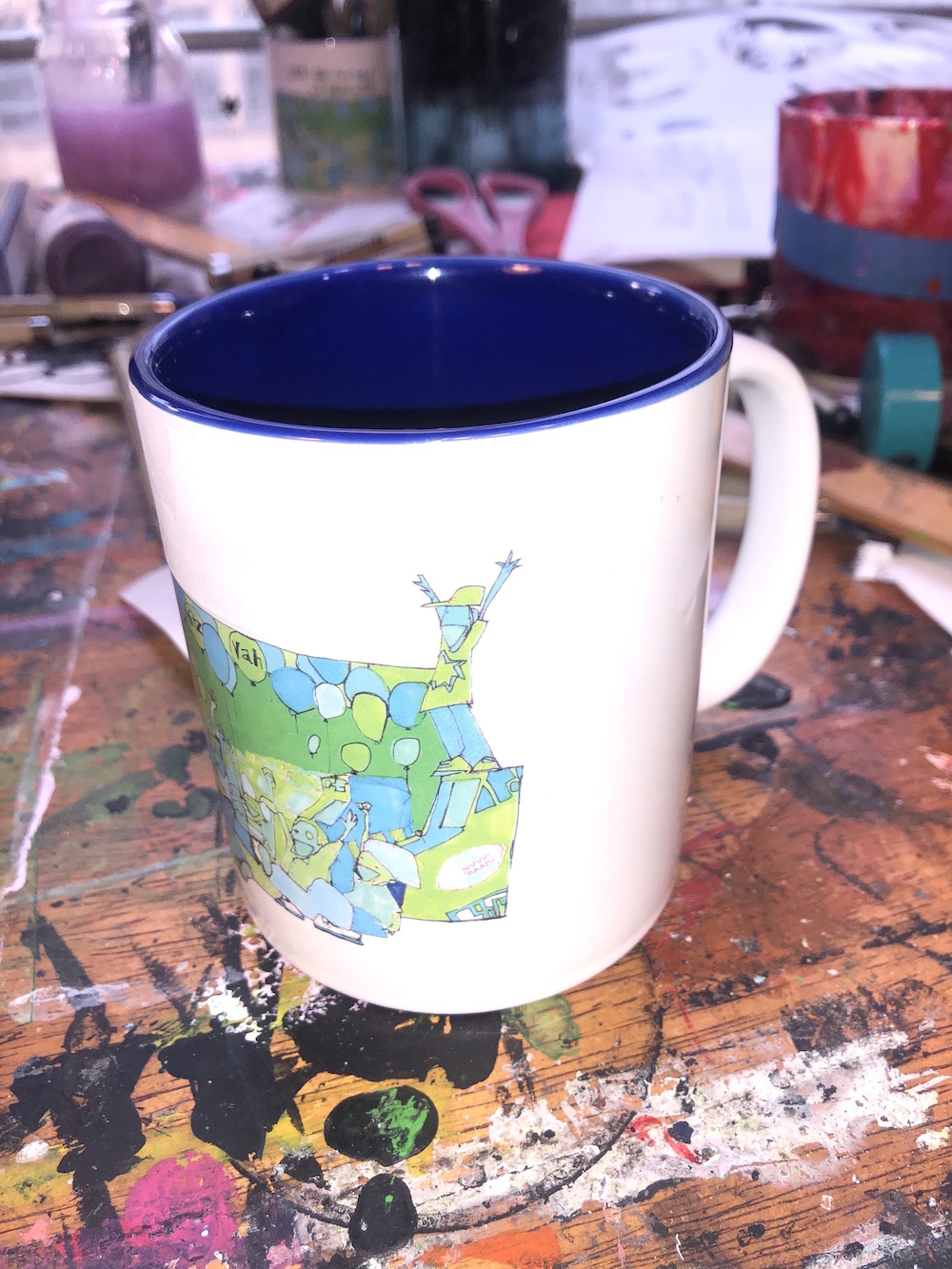Since the theme for this issue is “Private Property,” I assume someone besides me will be tackling non-fungible tokens (NFTs) and their sudden rise to collectibility—I’ll leave that to someone who can talk about them in some sort of intelligent, technical way and instead just talk about what NFTs are like.
Depending how you look at it, they either smoothly continue (or emphasize the absurdity) of a practice that has been normal for half a century: buying entirely conceptual art—in particular, buying works of conceptual art that could be reproduced by any reasonably functional adult being paid minimum wage.
I once heard a story on NPR about a middle-class collector who’d acquired an early Sol LeWitt for a few hundred dollars. The stunned host responded by saying he would kill (or was it die?) for that opportunity, which immediately begs the question: Why? Unless the plan is to sell it (in which case, why not just kill or die for the money it would bring instead?), you can have all there is to an early LeWitt wall drawing by googling “Sol LeWitt wall drawing,” picking your favorite set of 55-word instructions and pressing “print.” What did the host want exactly? Whatever it is, approximately the same thing is in an NFT.
Now, one aspect of this kind of acquisition is it can claim to be a species of philanthropy: you’re not only supporting the artist to the tune of X dollars, you are, for the sake of their future, supporting the idea that they should be getting X dollars every time they do what they’re doing. On the flipside there is some form of bragging right—just as the Carnegies and the Mellons can say “As in Carnegie Mellon?” you can say you’re the one who bought the thing, and there are allegedly circles where this improves the quality of the parties you get invited to.
These ways of owning have their uses, but not for me.
My favorite piece of mine that I still have around the house is a mug. I didn’t make the mug—I didn’t even design it. It took very little thinking, really, in the ordinary sense, to get this mug to be. Some friends in the art business called me up and wanted a picture to use for their kid’s bar mitzvah, and they were very precise: We want blue and green and balloons; there has to be a breakdancer and everyone has to be cheering them on, in a video arcade. Since I liked them and their kid and I was not a smouldering psychopathic egotist from the 1960s, I passed up the opportunity to send back a long and scathing letter saying that this bar mitzvah frippery was beneath me—a true artist—and they should’ve known it, and that I was therefore severing all commercial ties. I drew it, liked drawing it, and promptly forgot I drew it. A month later I got a package with a mug with the bar mitzvah picture on it.
A week or two after I put it on the shelf, a strange thing happened. I was drinking (as I so often do when in possession of a mug) and I looked down and realized this was a great mug. Really first-rate. Some excellent curatorial choices had been made: The outside, where my picture was printed, was white, like the paper, but the inside was that wonderful glossy dark blue you sometimes get in the tiles around the edge of swimming pools. It worked very well with all that blue and green I’d magic-markered on there. And the little figures standing on video game cabinets, forever at their party, and all so small and irregular (almost unreadable in industrial design terms—if you had proper Mickeys and Minnies on a mug, they’d be at least twice the size, parading properly around the cup). It was a nice, weird fun thing to drink from and I drank and I washed it, and forgot I had it, and a few days later remembered all over again.
Since then I’ve gone through dozens of cycles of not remembering the mug and then being ambushed by its existence all over again “Oh yeah, the bar mitzvah—look at all those happy little guys.” That, as far as I’m concerned, is how owning art should work.


